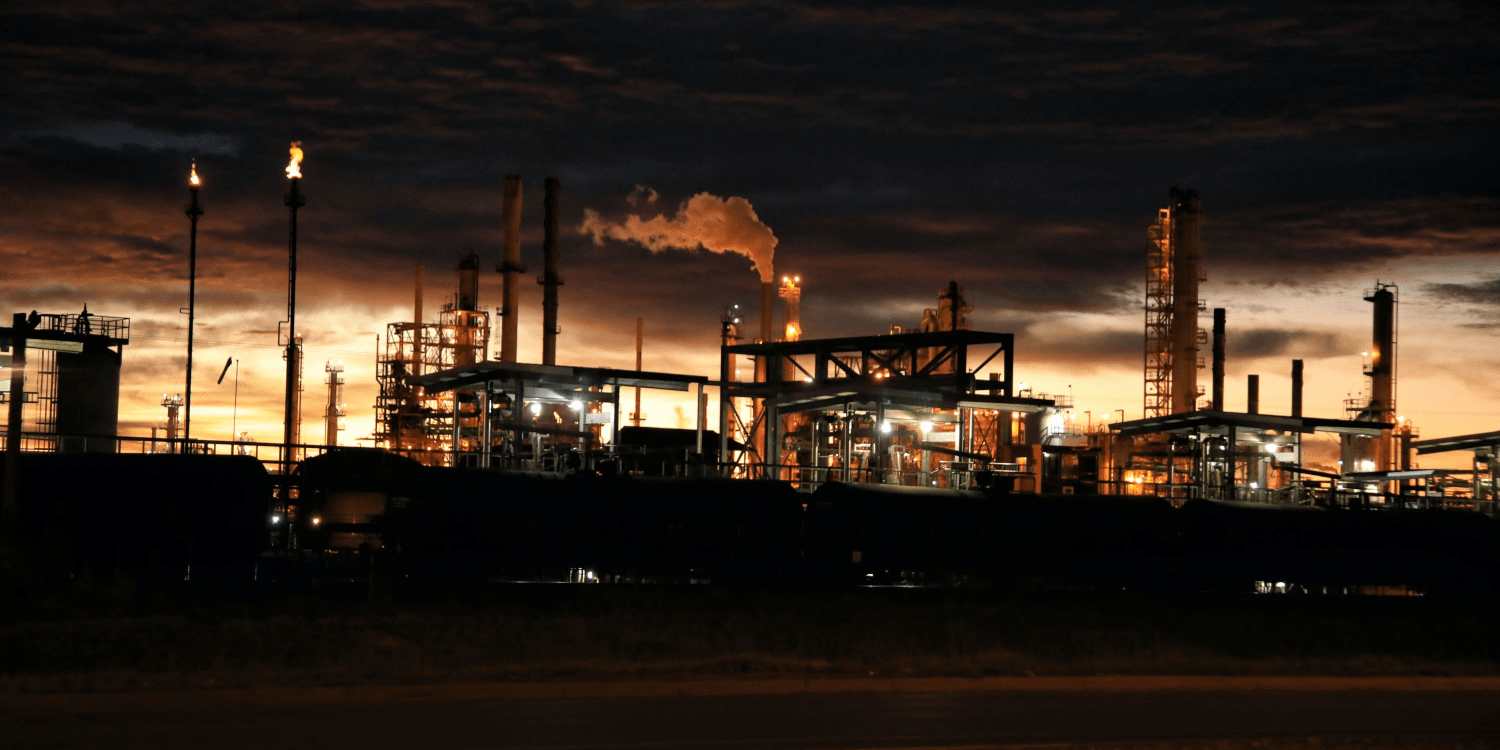Unveiling the OPEC+ Pledge: Decoding the Surge in 2024 Oil Prices and Its Global Impact

In the ever-fluctuating realm of global oil markets, a compelling narrative unfolds as we stand at the cusp of 2024. Recent developments suggest a potential surge in oil prices, hinting at the looming possibility of hitting the elusive $100 per barrel mark. This anticipated upswing is intricately tied to the commitments made by OPEC+ members to implement voluntary production cuts, steering the course of supply and demand dynamics. As geopolitical factors, economic shifts, and environmental concerns continue to shape the energy landscape, the stage is set for a captivating exploration into the factors fueling this prospective surge and the far-reaching implications it holds for economies worldwide.
OPEC+ Pledges Reshape Oil Markets: Navigating the Surge and Skepticism of 2024
Anticipation swirls within the realm of global oil markets as the new year beckons, foretelling an imminent surge in oil prices attributed to voluntary production cuts pledged by select OPEC+ oil producers. While the oil cartel’s recent statement neither explicitly endorsed nor formalized production cuts, individual member states unveiled autonomous commitments, aggregating to a substantial reduction of 2.2 million barrels per day for the first quarter of 2024.
At the forefront of this concerted effort is Saudi Arabia, OPEC’s linchpin, extending its voluntary production cut of 1 million barrels per day, initiated in July, until the close of Q1 2024. Russia has likewise committed to reducing crude supply by 300,000 barrels per day and petroleum products by 200,000 barrels per day during the same period.
Additional contributions to these voluntary cuts include Iraq (223,000 bpd), the United Arab Emirates (163,000 bpd), Kuwait (135,000 bpd), Kazakhstan (82,000 bpd), Algeria (51,000 bpd), and Oman (42,000 bpd). Market analysts emphasize the critical factor of compliance among all OPEC nations for the initiative to yield desired results.
Bill Perkins, CEO of Skylar Capital Management, highlights the importance of comprehensive compliance, asserting that market confidence hinges on the commitment of all OPEC nations. The unorthodox announcement of individual production cuts, diverging from previous collective releases by OPEC+, has introduced an element of confusion and skepticism among traders.
Should these pledged cuts be fully realized, the oil market is poised for an upward trajectory in crude prices. Analysts, including UBS strategist Giovanni Staunovo and Goldman Sachs, foresee potential price hikes as the removed barrels gradually return after the first quarter, possibly maintaining an oil market deficit in the initial half of 2024.
As OPEC+ members navigate this pivotal juncture, the market remains cautiously optimistic, with Goldman Sachs envisioning a price range between $80 and $100 for Brent oil in 2024. As the globe watches the delicate dance between production commitments and market dynamics, the fate of oil prices in the coming year hangs in the balance, shaped by the nuanced interplay of geopolitical forces and economic considerations.
Navigating Volatility: How OPEC+ Pledges Reshape Paths for Oil Traders
The recent surge in oil prices, fueled by OPEC+ members’ voluntary production cuts, is casting a significant ripple effect across the landscape for oil commodity traders. As the market braces for potential shifts, traders find themselves at the intersection of opportunity and risk, navigating a dynamic scenario shaped by geopolitical decisions and global economic intricacies.
For oil traders, the key lies in deciphering the impact of these pledged cuts on supply and demand dynamics. The commitment of OPEC+ heavyweights, such as Saudi Arabia and Russia, to reduce output has immediate implications on available barrels for trading. The extended voluntary cut by Saudi Arabia, maintaining a million barrels per day reduction until Q1 2024, introduces a dimension of scarcity that can drive prices upwards, creating strategic opportunities for traders adept at reading the market’s nuances.
Conversely, the diverse and individualized nature of announcements from OPEC+ members injects an element of uncertainty into trading strategies. The market’s historical reliance on collective OPEC+ releases has now given way to a mosaic of statements from individual nations, challenging traders to synthesize disparate information.
Notably, companies like Skylar Capital Management are closely monitoring compliance rates among OPEC nations. Bill Perkins underscores that comprehensive adherence to pledged cuts is paramount for trader confidence, emphasizing the potential skepticism when commitments diverge among member states.
Traders are also scrutinizing the market’s response to these voluntary reductions. UBS strategist Giovanni Staunovo anticipates a gradual return of removed barrels, potentially maintaining an oil market deficit in the first half of 2024. This intricate dance between production commitments and market reactions offers traders both strategic openings and the need for agile risk management.
Goldman Sachs, adopting a wait-and-see approach, envisions a moderate boost in Brent Dec24 prices and sees the potential for OPEC+ to sustain oil prices in the $80-$100 range in 2024. As oil commodity traders navigate this nuanced landscape, the evolving narrative of OPEC+ decisions becomes a pivotal factor in shaping their portfolios in the coming year.


























Comments (0 comment(s))